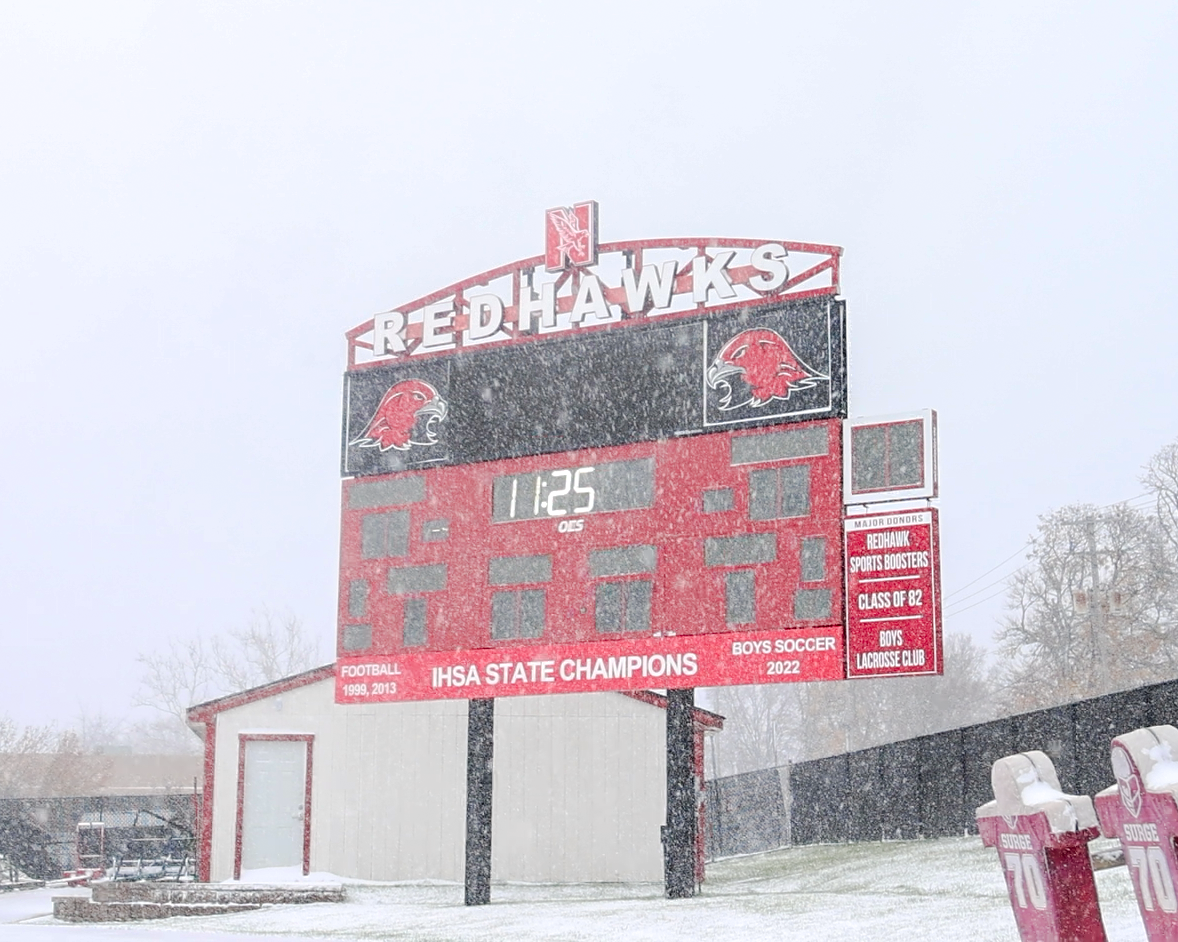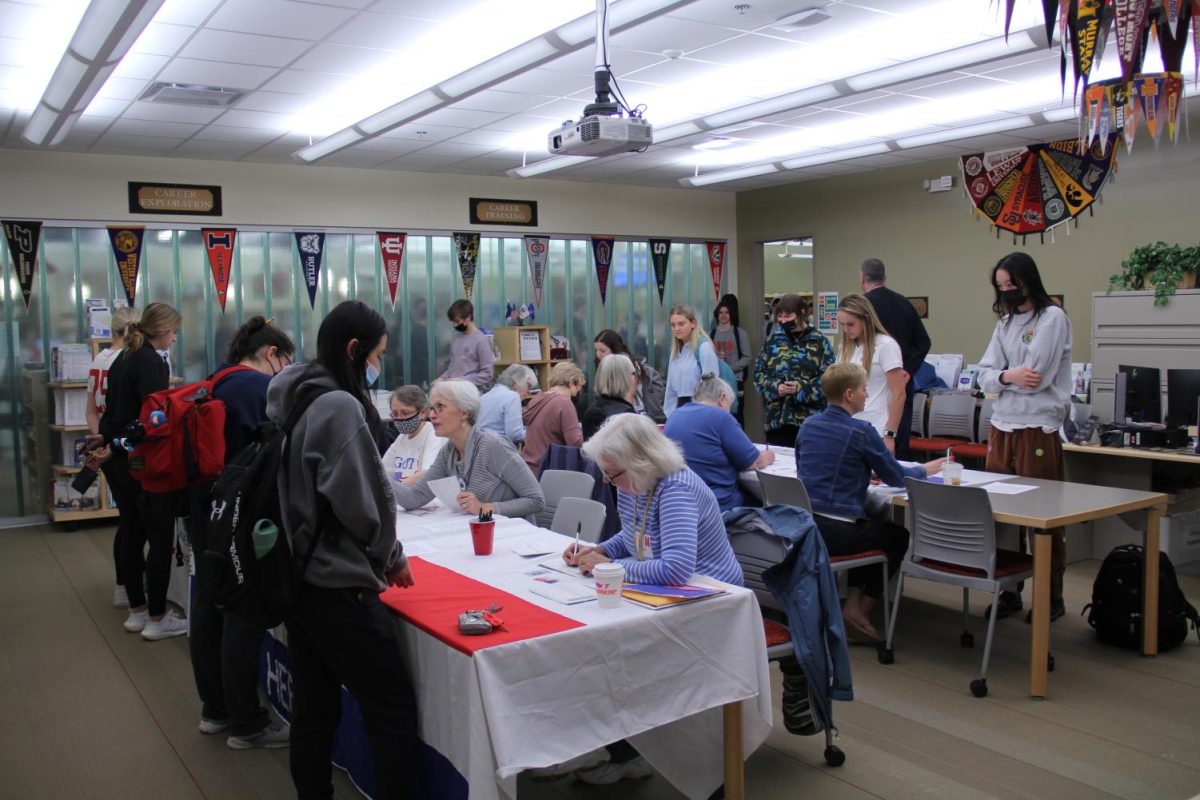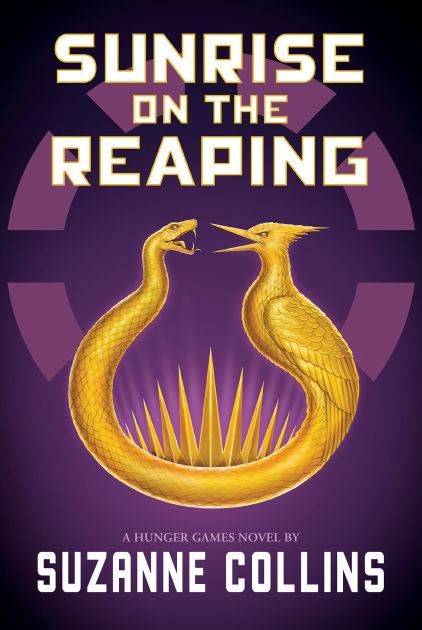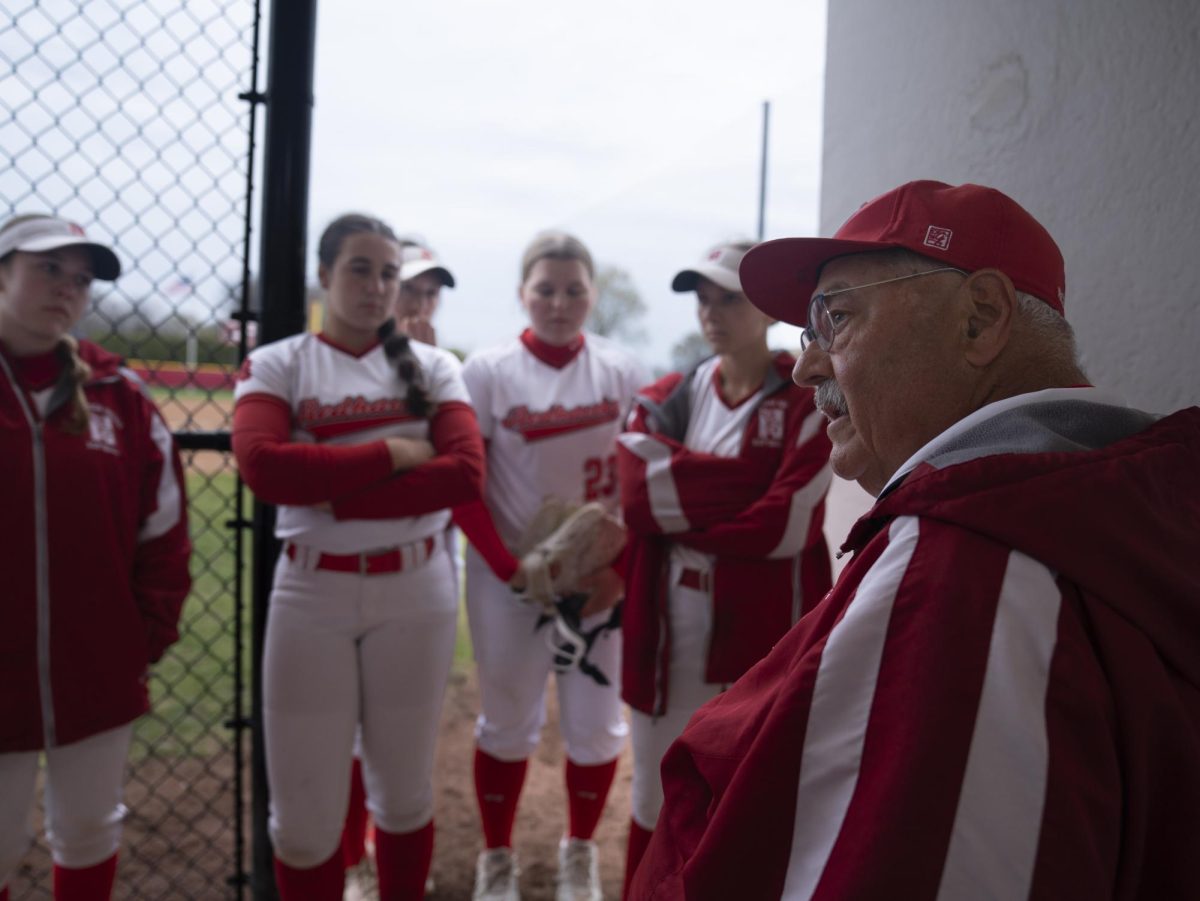Review: ’13 Reasons Why’ a pointlessly drawn out drama
April 7, 2017
During my sophomore year, I was required to read a book focusing on a mental health issue for health class. From a list of recommended titles, I chose “Thirteen Reasons Why” by Jay Asher. It was a popular book, read by almost every other teenage girl in my grade.
The story followed Clay Jensen as he listened to 13 tapes that explained why his classmate Hannah Baker killed herself. Now here’s the catch: each person listening to the tapes was one of the reasons why Hannah killed herself. Clay, who had been secretly in love with Hannah for almost a year, had no clue why he was one of the reasons Hannah killed herself. The reader devoured the book, trying to learn how Clay had hurt Hannah.
Anyways, when I saw that the book was being made into a Netflix original series executive produced by Selena Gomez and partially directed by Tom McCarthy (Spotlight), I was intrigued.
Most of the young actors in the series are nobodies, with Hannah being played by Katherine Langford, who was only previously in the short “Daughter” (2016) prior to “13 Reasons Why.” Clay is played by Dylan Minnette, who has a slightly longer resume, including “Let Me In” (2010), “Prisoners” (2013) and “Goosebumps” (2015).
I watched “13 Reasons Why” over the course of two days. And yes, that was 13 episodes, each an hour long.
The first episode had me hooked. Being over two years removed from reading the book, all the minor details were coming back to me and I was excited to see all of the characters brought to life on screen. Immediately, it was obvious that the show would reflect much of the book: the town was the same as were the appearances of the characters. So, I got some popcorn and settled in for a long night of binge watching.
Around episode three, I realized something: this was getting really old… and I still had ten hours left. There is only so much self-destructive Clay listening to tapes and yelling at people one can take! Also, many of the story lines were vastly different from the book. However, since I haven’t read the book in a while, I was okay with these changes.
In the book, Asher didn’t add fluff. If one chapter was five pages less than another, he didn’t add five pages for the sake of adding five pages. In the TV series, however, this was not the case. To compensate for a shorter chapter, the TV series decided to add useless background. Instead of having Clay listen to the tapes, the TV series had him get pissed off every five minutes and then go get beat up.
While this worked for a few episodes, by episode six or seven, I was done. At this point, Clay had decided to yell and scream and plead for answers from people about every five minutes. If this wasn’t annoying enough, Clay could have literally gotten all the answers to his questions on the tapes, yet refused to actually listen to them. It was incredibly frustrating to continue this cycle over and over every episode and left me yelling at the computer screen for Clay to just sit down and listen to the tapes.
Nevertheless, I was committed. I was going to finish this show. As the episodes went on, the language got worse and worse… and this was actually good until it became obnoxious. I hate when TV shows or movies cover up swearing because they want to receive a certain rating and, due to this, make the show a glossed-over view of high school. Thanks to Netflix and HBO, however, directors have more freedom and I was pleased to see high schoolers being portrayed in all their foul-mouthed glory. Yet, by the end, it did feel like the directors were trying to fit in as many f-bombs as possible.
Another kudos to the directors from me is the show’s lack of restraint when covering touchy subjects. Typically, topics like rape and suicide are discussed but not shown. In “13 Reasons Why,” however, the directors didn’t shy away from these raw, disturbing scenes. And while I had to look away at times, I appreciated the realness with which these topics were discussed.
While these things were good, I must point out some serious problems. Clay’s mother, played by Amy Hargreaves, was somehow clueless. She saw her son go from a straight-A, clean cut student to a kid who cuts class, gets busted for marijuana possession, comes home drunk, keys a car and is frequently beat up. Somehow, in all of this, she did nothing? I’m still confused by this. She stressed an “open door” policy with Clay and frequently checked up on him but never actually took any action to help other than shove some antidepressants in his face. I know that if I exhibited the same self-destructive change in behavior as Clay, my parents wouldn’t just let it go. I wish that TV shows for teens would stop portraying parents as stupid and clueless when it comes to their own children’s health and wellness.
Also, the show depicted large numbers of sophomores and juniors in high school getting flat out wasted, even at school. I may be clueless, but, as a current senior in high school, I can tell you that this doesn’t happen in real life. And, to be honest, the whole “high school kids getting drunk all the time” thing is really getting old.
But, let’s get to episode 13. At this point, Clay still hasn’t shaken off his god-complex as he acts almost as a vigilante, bringing “justice” to the people who hurt Hannah. This theme was tired a while ago, but I was still watching at the edge of my seat because I wanted to see how it ended.
In addition to the book’s plot, the TV show added on a whole storyline about Hannah’s parents suing the school district. I actually found this incredibly interesting and I wanted to know how it would work out. But unfortunately this TV series was caught up in the same trap every TV series is.
If more seasons are made, more money is made. So what does this mean? Cliffhangers everywhere. Almost none of the key plot points were resolved and I finished the series looking for another episode. I was genuinely upset that I had just dedicated 13 hours of my life to a mediocre show only to have it end with absolutely no closure.
I had extremely high hopes for “13 Reasons Why.” I liked the cast, source novel and director. While the show is aesthetically beautiful with bright, connotative colors and picturesque shots, there was not much beneath the surface of this TV show that sometimes seemed to be a school-sanctioned PSA about teen suicide.
UPDATE: This story was corrected on May 1, 2017 to clarify that “Thirteen Reasons Why” was not required reading in health class. Rather, it was one option from a list of suggested titles for a required assignment.







